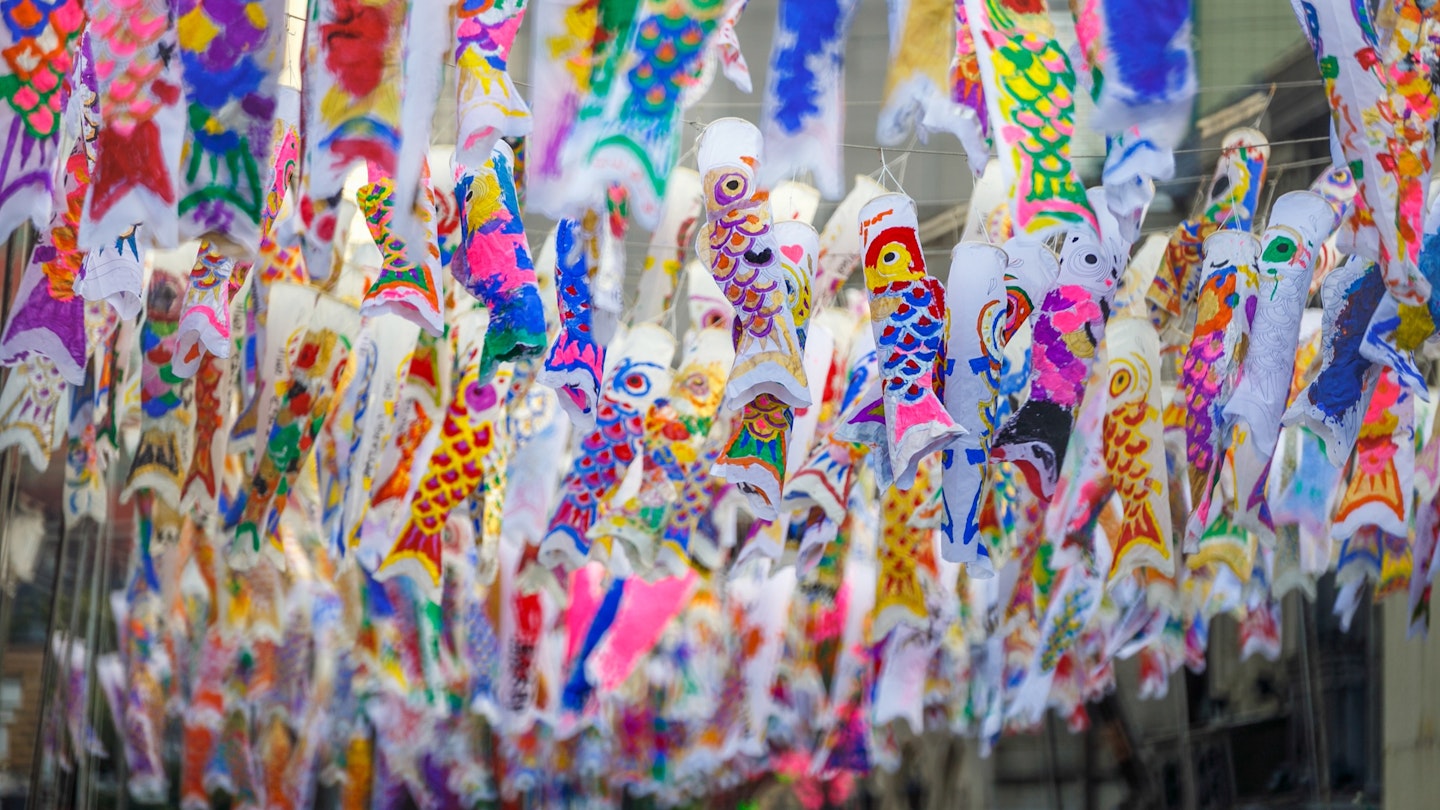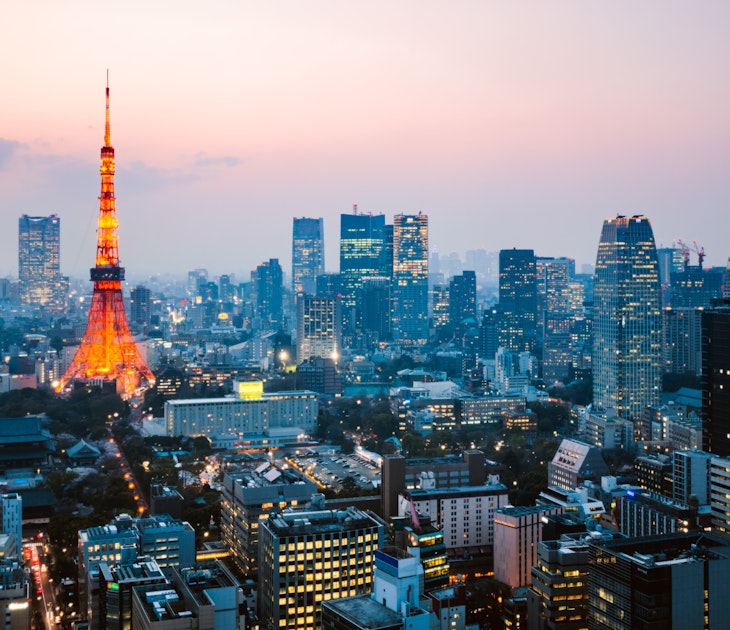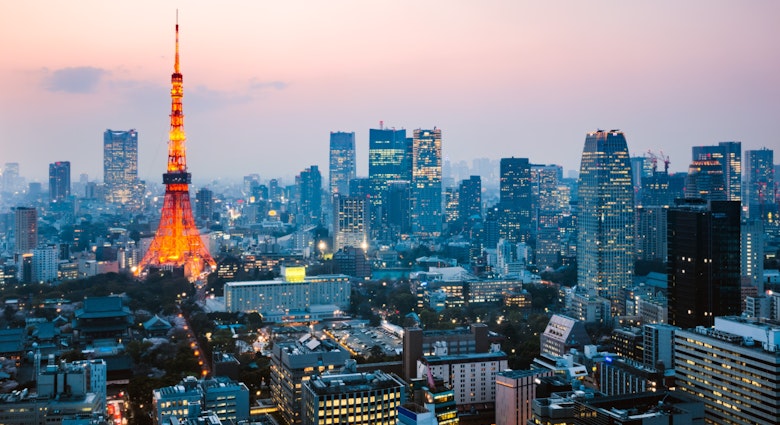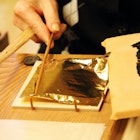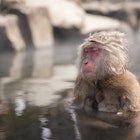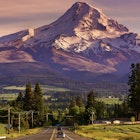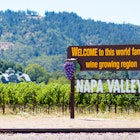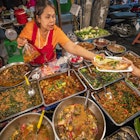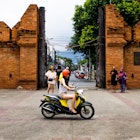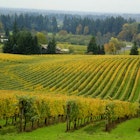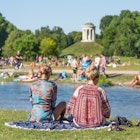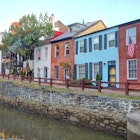With the world becoming increasingly globalized, ‘avoiding the crowds’ is a vogue term for travelers. In the post-Covid-19 era, that rings true more than ever. Japan witnessed a massive tourism surge during the 2010s, but there are sections of the country left largely unexplored by international visitors.
By traveling along the ‘New Golden Route’ on the Shinkansen (bullet train) you can access Japan’s most unique destinations. This series of railways connects the major cities of Tokyo, Kyoto and Osaka with central Honshu (Japan’s main island), the Sea of Japan Coast, and many off-the-beaten-track locales.
Niigata, Shiga, and Saitama Prefectures fit into the latter category. Each comes with its own distinct cultural traditions, many of which have existed for hundreds of years: the high-end copperware of Gyokusendo in Niigata, the nationally-acclaimed Omi beef in Shiga, or the Kannon Pilgrimage trail in Saitama’s Chichibu City.
So hop on the Shinkansen for these often-overlooked destinations and check out these 24-hour itineraries for these three fascinating prefectures. And to make the most of the Shinkansen, consider the all-access Hokuriku Arch Pass.
Riding Japan’s ‘New Golden Route’: The vibrant cities of Tokyo, Kyoto and Osaka
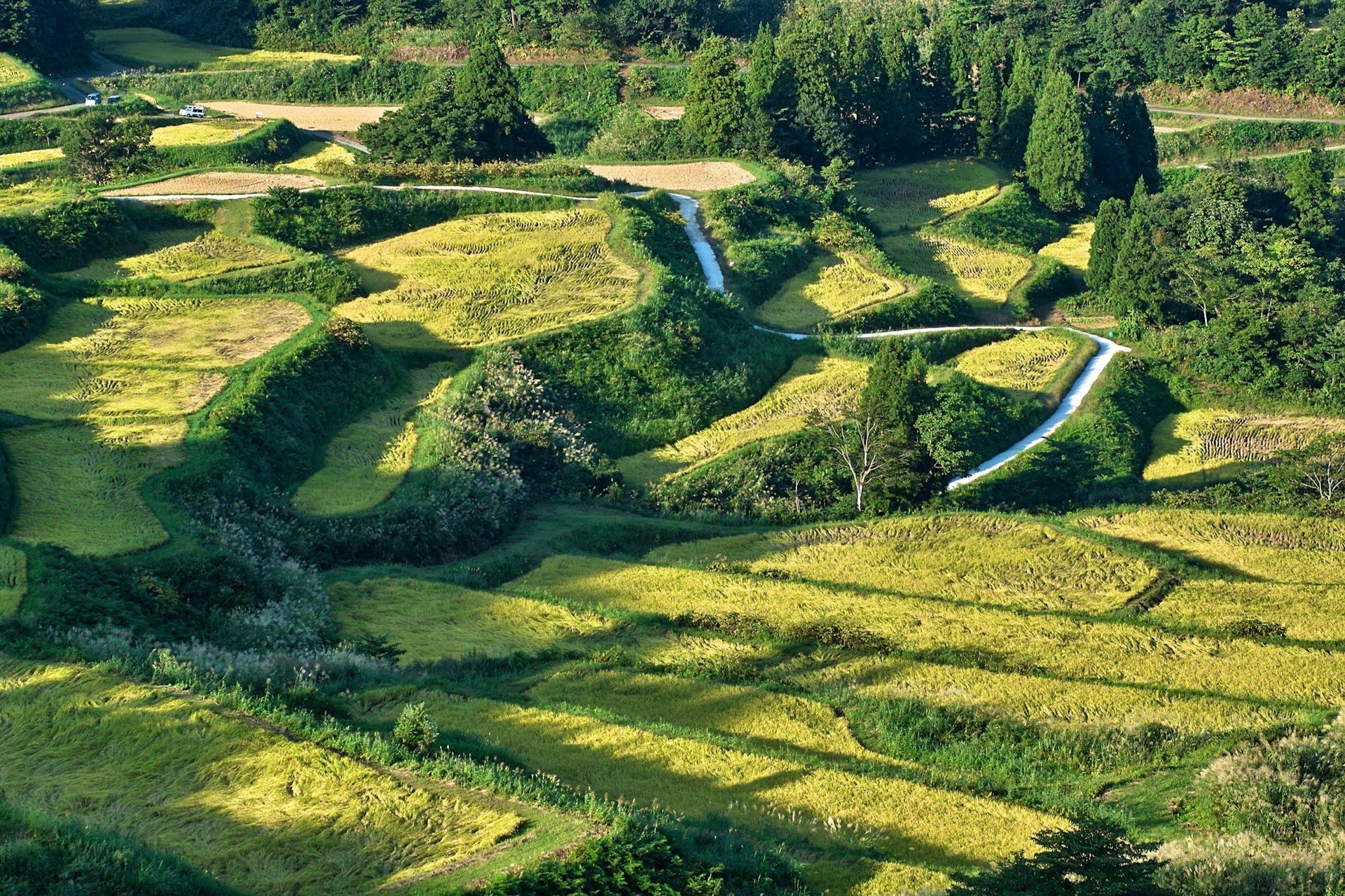
Niigata Prefecture
Closest Major Hub City: Tokyo (approximately 2 hours from Tsubamesanjo Station via Shinkansen)
Itoigawa (Morning)
Start your Niigata journey on the Kubiki Cycling Road in Itoigawa, a 20-mile cycling course on the Sea of Japan. The course swerves lazily along vast seascapes and beaches flecked with jade pebbles, between rice paddies and solemn temples, and through abandoned railway tunnels.
Rent a bike from Itoigawa Station Geopark and head to the Benten-iwa, a stoic landmass sitting off the coast around the midway point of the Kubiki Cycling Road. Spewed up by a submarine volcano around one million years ago, the Benten-iwa is surmounted by a shrine dedicated to the Shinto sea goddess Ichikishimahime-no-mikoto.
For lunch, park up at Roadside Station Marine Dream Nou 5-minutes along the coast, home to Japan’s largest red queen crab market. Find your crab of choice and tuck in on the sea wall overlooking the Nihonkai’s dramatic coastline.
Joetsu (Afternoon)
From Itoigawa Station, head for the Musashino Sake Brewery in Joetsu; you can access Joetsumyoko Station in just 12 minutes via Shinkansen. Nihonshu, or rice wine commonly referred to in English to as ‘sake’, is an inextricable element of Japanese drinking and dining culture.
Thanks to its frigid winters, an abundance of rice, and consistently pure waters, Niigata is one of Japan’s chief nihonshu-brewing regions with 89 breweries peppered throughout the prefecture. Take a tour of the brewery here and sample some of Musashino’s signature styles.

Niigata City (Evening Option 1)
Head to the prefectural capital, Niigata City, a two-hour bus ride to the northeast. Originally a prosperous agricultural area, it has also flourished as a port town. The Shinano River runs between Niigata Island, where Furumachi is located, and the Bandai and Niigata Station areas – take a walk along its banks after dark, where you’ll find the pretty stone arches of the Bandai Bridge. There are also some chic hotels overlooking the river: Hotel Nikko and Hotel Okura.
If the season is right, be sure to check out one of the evening events held in the city center, including the Niigata Sake Fair in March, featuring more than 500 sake brands from local breweries, and an August Fireworks festival.
Alternatively, head to Suzakaya Soba near the station for hegi soba noodles, a specialty of the prefecture. Made from buckwheat and funori seaweed, hegi soba are renowned for their tsuru tsuru (silky smooth) texture.
Myoko City (Evening Option 2)
If you’d prefer to limit your travel time, head to Myoko City just 30 minutes from Musashino Sake Brewery. The Kanzuri Factory is a popular attraction in the area. Kanzuri is a local seasoning made by fermenting peppers, malt, yuzu, and salt over a three-year period. The peppers are also exposed to snow and soften their salinity and spiciness; you can see their vermillion sheen contrasting against the white fields of Myoko in winter. You can purchase some take-home seasoning at the on-site Kanzuri shop.
For accommodation, head to the Lotte Arai Resort about 20 minutes via taxi. Along with its chic furnishings and chalet-esque style it has great access to outdoor activities year round, from ski slopes and snowparks to Asia's longest zip line (total length of around 5,000 feet).
Tsubame (Morning)
Before you leave Niigata, head to Gyokusendo in Tsubame, less than one hour from Niigata Station, or 90 minutes from Joetsumyoko Station. This copperware factory has a 200-plus year history of making high-end, daily-use products, including: coffee utensils, teaware, sake cups, and vases.
Gyokusendo’s products resemble fantastical heirlooms, and often change color over decades of slow oxidation reflecting the changing personalities of their owners. Take a tour of the factory amid the crackling of a furnace and the clinking of hammers, and if you’re so inclined, purchase one of their wares for a lifelong souvenir.
The nearby railway hub, Tsubamesanjo Station, is the most northerly terminal on the New Golden Route and provides direct access back to Tokyo.
Riding Japan’s ‘New Golden Route’: Mountainous Gifu, Nagano and Gunma

Shiga Prefecture
Closest Major Hub City: Kyoto (about 20 minutes on the Shinkansen from Maibara Station)
Lake Biwa (Morning and Afternoon)
Plonked beside Kyoto, Osaka and Nara, Shiga Prefecture is often overlooked by foreign travelers. It is, however, home to Japan’s largest freshwater lake, Biwa, around which your travels in Shiga should revolve.
Almost the entire shoreline is surrounded by a bicycle and pedestrian path, which ambles past parks, bird-watching stations, rivers and streams coursing into the lake, and historic sites such as the multi-tiered Hikone Castle and thousand-year-old shrines. For safety, you should ride counterclockwise. Circumnavigating the lake has acquired its own buzzword in recent years, Biwa-ichi (slang for “going around Biwa”), but usually takes a couple days even for avid cyclists.
For a one-day cycle plan, rent a bike from one of several locations around the lake and start at Maibara Cycle Station. The station is directly accessible from Kyoto Station via bullet train, on the eastern side of the North Basin and make the 20-mile journey south to Omihachiman. En route through Hikone, make a detour to the castle of the same name – Shiga Prefecture’s most significant historical building is one of only 12 feudal castles in Japan with its original keep still intact. Built in 1622, it is registered as a national treasure, like Himeji Castle, Matsue Castle, and Inuyama Castle.
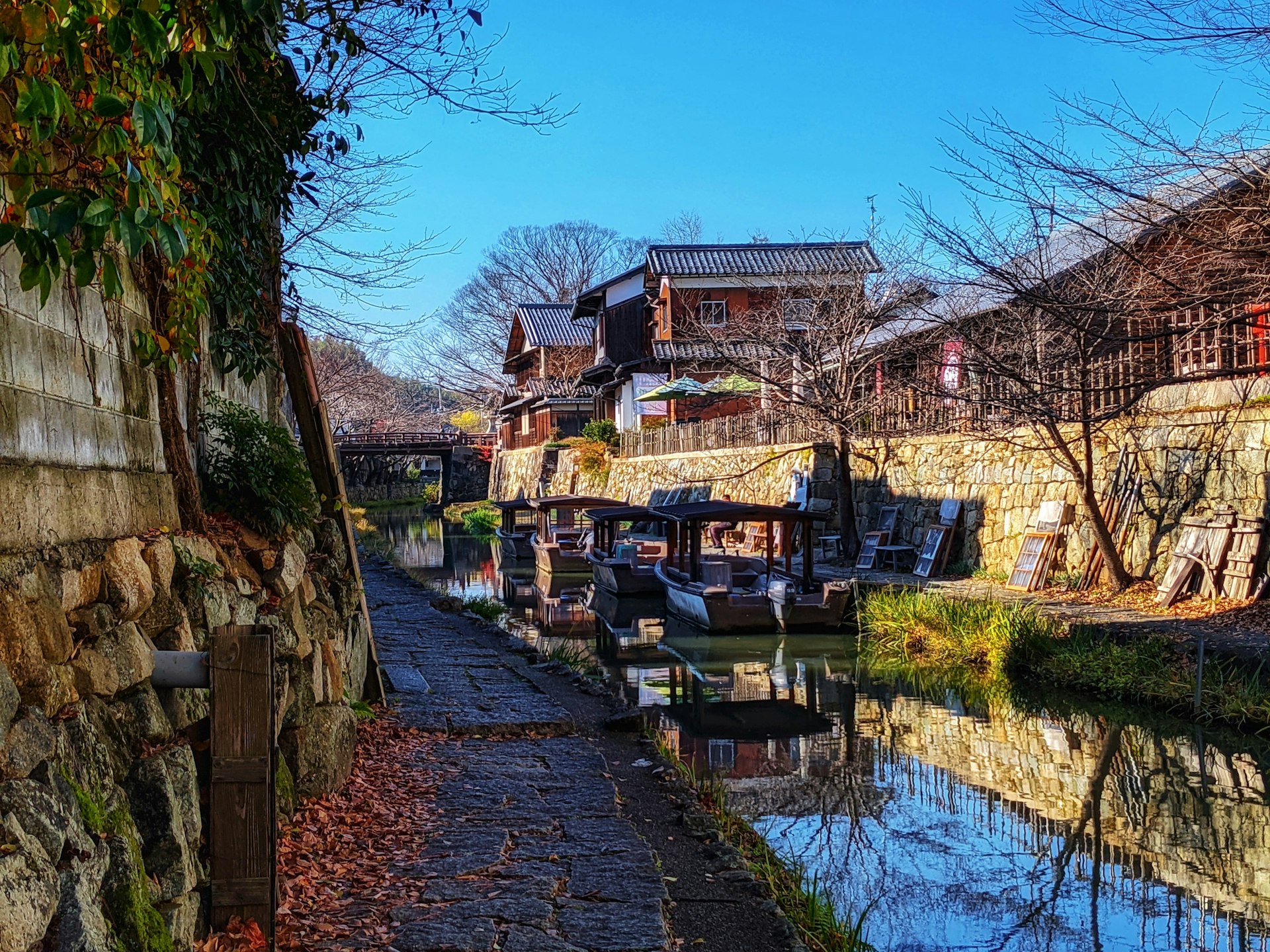
Omihachiman (Evening and Morning)
Japanese beef is renowned for its fall-apart-in-your-mouth tenderness. With a 400-plus-year history, Shiga’s Omi beef is among the country’s best, forming part of the three-piece pantheon of Japanese beef brands (alongside Kobe and Matsusaka).
In Omihachiman, tasting Omi beef is a must. Restaurant Tiffany, Sennaritei, Marutake Omi Nishikawwa, and Hamagura, are just a handful of the many popular restaurants in town offering Omi beef. After your feast, check in to Green Hotel Yes Ohmi-hachiman, replete with onsen (hot spring) facilities to help alleviate those muscle aches after a long day of cycling, or for more of a countryside experience, check out Guesthouse Mio.
The following morning, head to Shinmachi Street, Omihachiman’s old-town quarter, full of preserved buildings constructed as the Edo Period (1603 – 1868) segued into the Meiji (1868 – 1912). Take a walk through the ancient townscape, where trimmed pines hang over wood-latticed storefronts serving traditional Japanese wagashi (sweets and snacks).
Author’s note: bicycles can be returned to various stations around Lake Biwa.
Riding Japan’s ‘New Golden Route’: The artisans of Toyama, Ishikawa and Fukui

Saitama
Closest Major Hub City: Tokyo (approximately 30 minutes from Omiya Station via Shinkansen)
Chichibu (Morning)
Start exploring Saitama in Chichibu City, less than two hours by train from central Tokyo.
Chichibu is a great introduction to Saitama’s religious heritage: it’s the starting point of the Chichibu 34 Kannon Temple Circuit, which guides travelers past 34 Buddhist temples woven throughout the mountains.
Check out the first temple on the trail, Shimabu-ji, noted for its grand prayer hall. Then head for temple number four, Kinsho-ji, where you’ll be greeted by neat lines of over 1,000 stone Buddhas and a ‘drunkard’ Jizo statue wearing a drinking vessel on its head.
Nagatoro (Afternoon and Evening)
A 20-minute train ride will bring you to Nagatoro, a small town on the banks of the Arakawa River. For adventurous types, try your hand at whitewater rafting in the river, or go for a hike on nearby Mt Hodosan. If you’re in the mood for something more leisurely, river boat tours through tree-lined ravines are also available.
For room and board, Nagatoro’s Choseikan is a traditional inn overlooking the river. Relax in the onsen here and feast on a kaiseki dinner (multi-course cuisine using seasonal ingredients). If you’re a whisky fan, sample a tumbler of Ichiro’s Malt, a series of blends from the award-winning Chichibu distillery.

Morning Option 1: Gyoda Rice Paddy Art
Before you make tracks from Saitama, visit the Gyoda rice paddies, where huge artworks stretch across the fields. Created by growing different colored strands of rice, the pieces depict new images every year, including pop culture icons or anything that has recently captured the national zeitgeist. They’re available for viewing from mid-July to mid-October, and for the best views head up to the 50-meter observation deck.
Take the one-hour train ride from Gyodashi Station to Omiya Station in Saitama City. Omiya is the home of Japanese bonsai -- the art of growing botanicals on a miniature scale. Check out the intricate garden and pristine displays at the Bonsai Art Museum, or wander through a sea of green tranquility at the Omiya Bonsai Village.
Morning Option 2: Kawagoe
Kawagoe City, less than two hours from Nagatoro on public transport, is full of old-world architecture harkening back to its Edo Period glory days as a wealthy merchant hub. Many of the buildings, or kurazukuri (warehouses), were constructed with inner walls of clay helping them survive the Great Kawagoe Fire of 1893.
Omiya Station is around 20 minutes from Kawagoe Station by train. From here you can take a Shinkansen directly to Tokyo in under 30 minutes.
For more information on the New Golden Route, check out a downloadable brochure.

